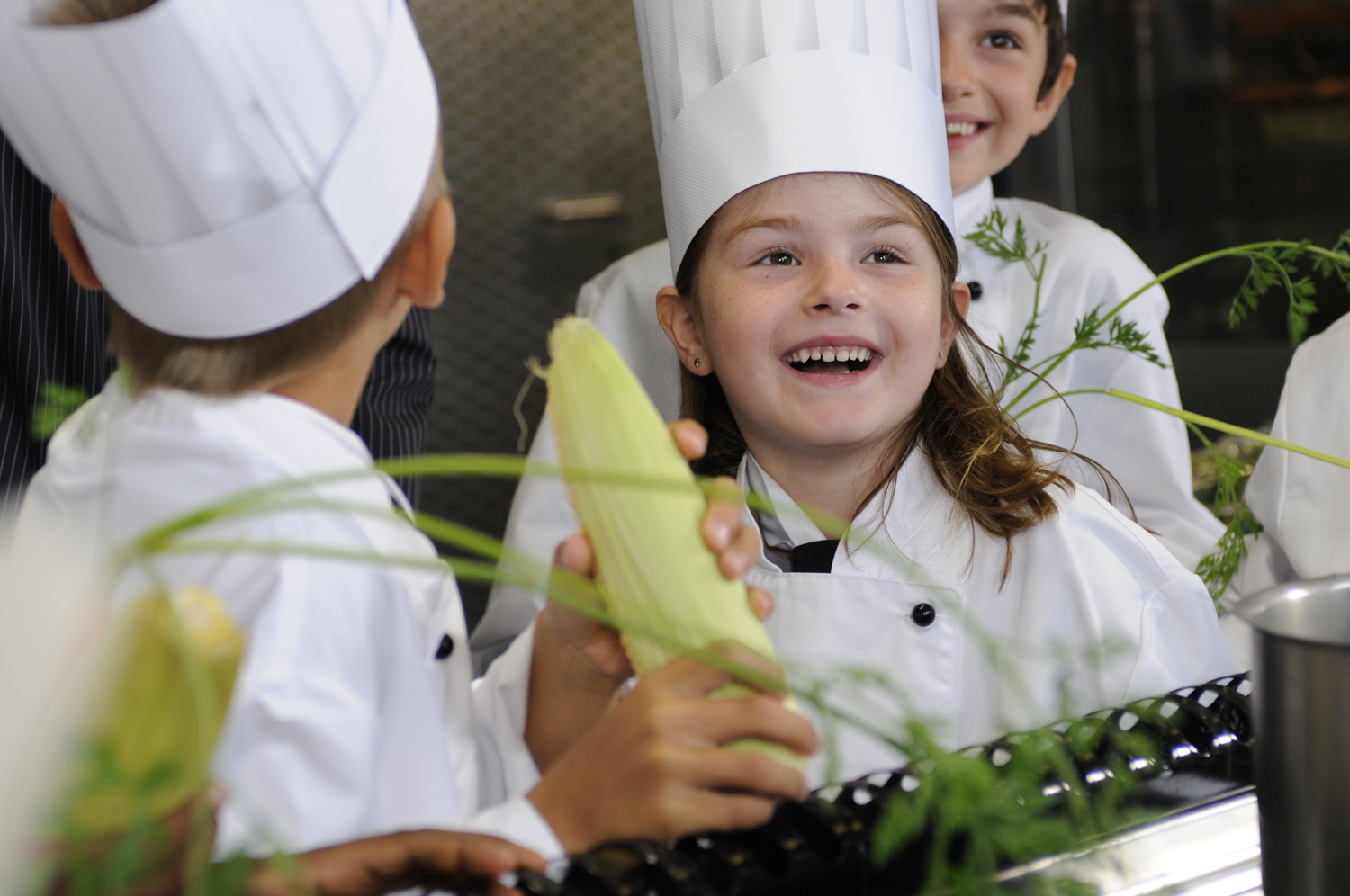Partnership with SV (Schweiz) AG 2024
Since 2013, SV Switzerland has been committed to greater sustainability in community catering together with WWF. Together, we strive for a future where, by 2050, food is healthy for both people and the planet—united by enjoyable experiences that inspire and connect us.
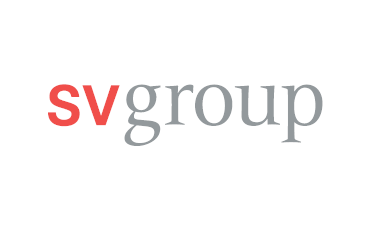
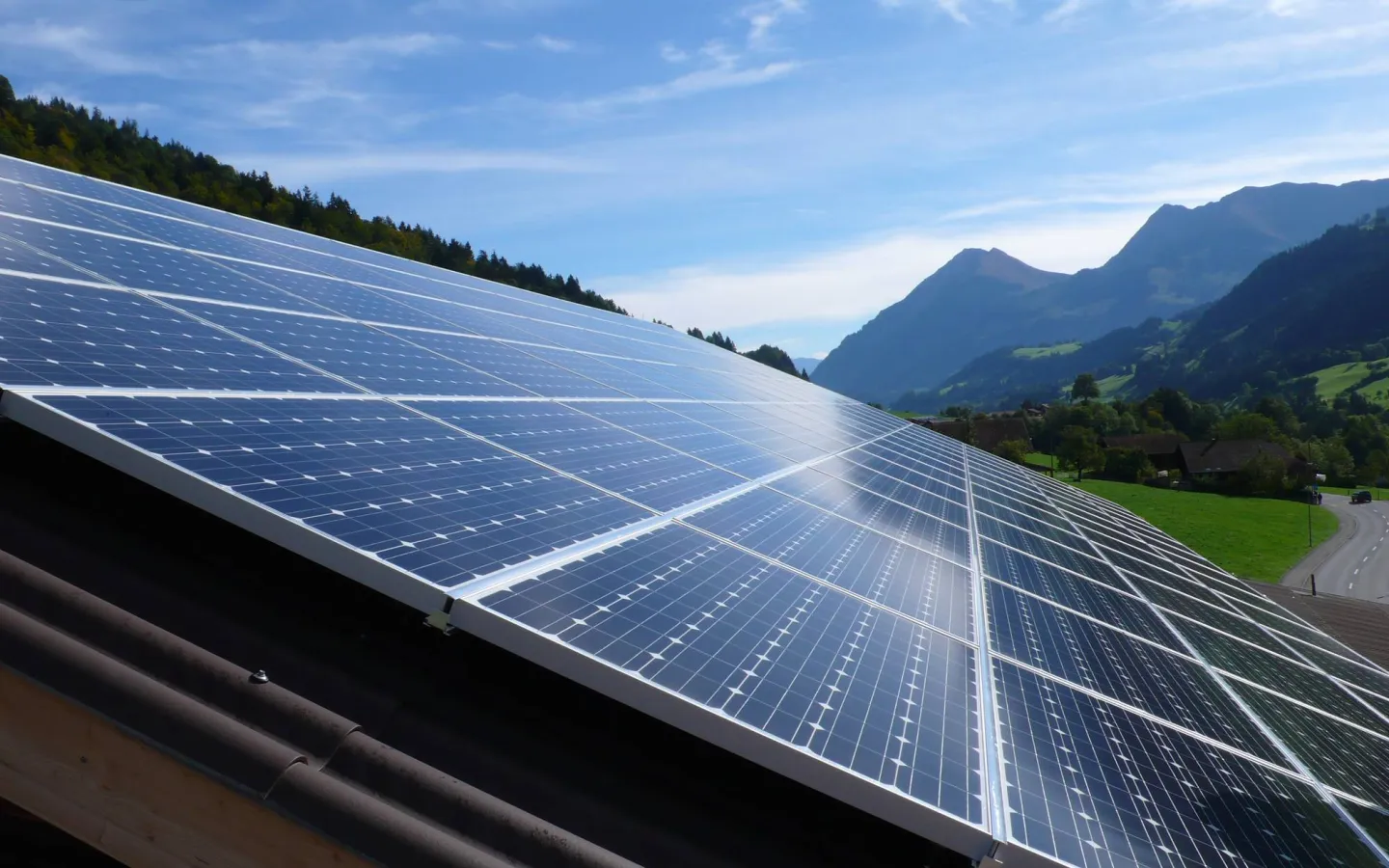
CLIMATE AND ENERGY
Emission Reduction
SV Switzerland has joined the Science Based Targets Initiative (SBTi) and set science-based reduction targets to help limit global warming to 1.5°C by 2050.
The targets, in accordance with SBTi requirements, cover emissions in Scopes 1–3. Emissions arising from agricultural practices and land use change (so-called FLAG emissions, FLAG = Forest, Land and Agriculture) are subject to a separate target according to the guidelines.
Three emission reduction targets by 2030, compared to the base year 2022:
Reduction of Scope 1 and 2 emissions by 42%:
In 2024, SV increased these emissions by 6.16% compared to 2022.
Reduction of Scope 3 emissions by 51.6% per guest:
In 2024, SV succeeded in reducing these emissions by 4.73% compared to 2022.
Reduction of Scope 3 FLAG emissions by 30.3%:
In 2024, SV increased these emissions by 14.48% compared to 2022.
Scope 3-FLAG-Emissionen
Note: The baseline year 2022 was still affected by lower guest frequencies due to the pandemic, resulting in relatively low emissions — which persisted into 2023. In 2024, most guest frequencies returned. The largest emission sources for SV Group continue to be Scope 3.1 (purchased goods and services) with 78% of total emissions and Scope 3.8 (upstream leased assets) with 9% of total emissions, followed by Scope 3.2 (capital goods), where CHF amounts in 2024 rose significantly due to growth in the hotel sector. Scope 1 and 2 emissions could be reduced in Switzerland. In Germany, these emissions increased due to growth, especially in the hotel sector. A detailed analysis is not yet available at the time of reporting, so the rise in FLAG emissions cannot currently be explained by SV.
SV climate strategy
By the end of 2025, WWF and SV Switzerland will jointly develop a strategy (within and beyond the value chain, see notes) and an action plan to achieve SV Switzerland’s climate targets. The following focus topics will be considered: Inventory & Reporting, Measures & Implementation, SBTi Compliance, Climate Finance, Climate Advocacy, Climate Communication.
In 2024, a joint analysis of the greenhouse gas inventory and identification of hotspots, mainly in Scope 3, was carried out. Based on this analysis, 3 cross-departmental workshops were held with WWF Switzerland and SV representatives from various departments, where over 130 possible measures were collected. To manage the large number of ideas, similar measures were bundled into subprojects and evaluated based on effort, cost, feasibility, conflicting targets, and CO2 impact. As a result, the prioritized measure packages were included in the SV Climate Roadmap.
Note: This strategy encompasses both climate engagement within SV’s own value chains (own decarbonization) and broader engagement beyond its own value chains.
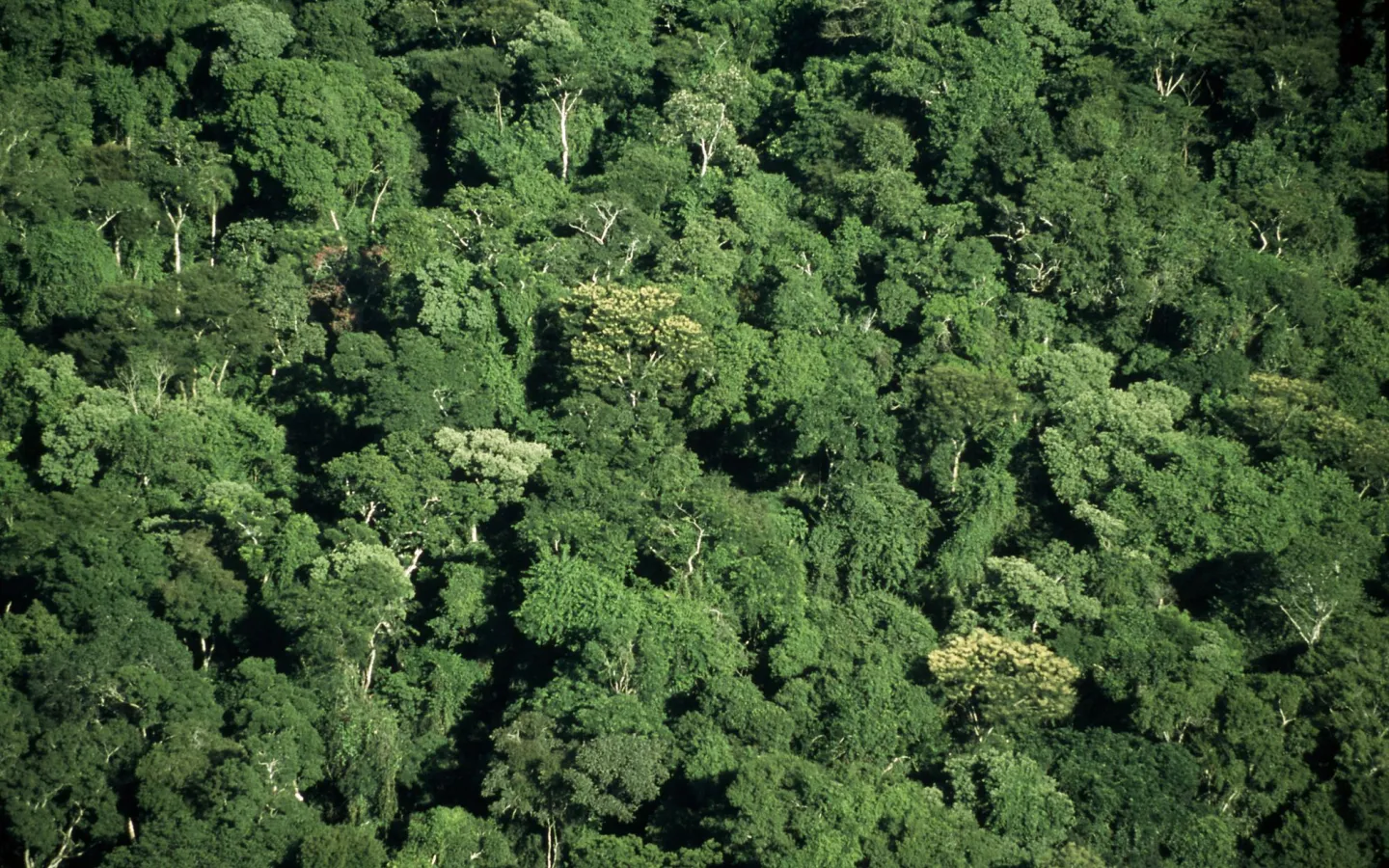
Deforestation & Conversion
SV Switzerland is analyzing its supply chains and will, by the end of 2024, develop a commitment and target — compliant with the Accountability Framework Initiative — for deforestation- and conversion-free supply chains for identified key risk raw materials such as soy, palm oil, cocoa, wood, pulp and paper, coffee, meat, covering all 12 core principles.
This target has been postponed to the end of 2025, as the planned DCfree analysis in 2024 could not be carried out due to resource shortages and other priorities at SV.

Sustainable Diets
SV Switzerland will measure its protein split, by the end of 2024, using a method developed with WWF for the culinary sector and, together with WWF, set an ambitious target.
This target has been postponed to the end of 2025, as the underlying methodology from WWF was not yet available in 2024 due to lack of funding.
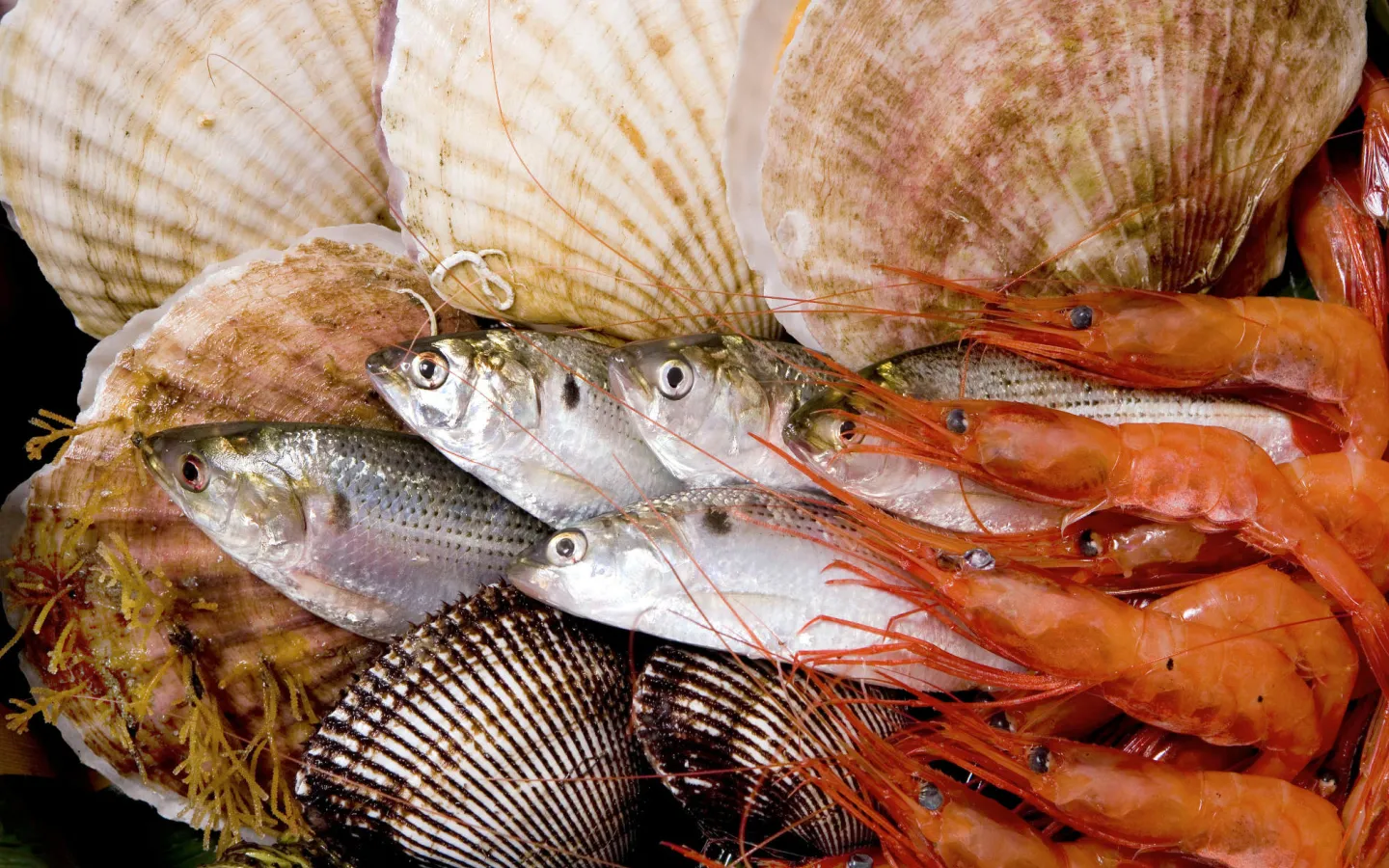
FISH AND SEAFOOD
To promote biodiversity, SV Switzerland has been committed since 2019 to continuously increase the share of fish from recommended or acceptable sources according to WWF.
For this, SV Switzerland has set three targets to be achieved by the end of 2026:
Avoidance of species on the WWF No-Go List and WWF Score 4–5 (red category in the WWF Fish and Seafood Guide
In 2024, the share of the total range of fish and seafood from recommended and acceptable sources increased from 98.6% (in 2023) to 99.0%.
Notes:
WWF No-Go List:
- Excluded are species listed as “critically endangered” (CR) or “endangered” (EN) on the IUCN Red List of Threatened Species.
- All species of sharks and shark products,
- All species of sea turtles and sea turtle products,
- All marine mammals and products thereof,
- All wild-caught sturgeon and products thereof,
- All rays and sawfish and products thereof,
- Exclusion of all products from illegal fishing.
Recommended sources = sources rated “green” (WWF Score 1–2) in the WWF Fish and Seafood Guide and from trusted eco-labels (Organic, ASC, MSC).
Further increase in the share of recommended sources according to WWF in the total seafood assortment, which should reach 90% by the end of 2026.
Compared to 2023 (81.3%), this share slightly rose to 82.0% in 2024, which — based on a linear reduction — is below the annual target and requires more effective implementation to reach the goal in the coming years.
Beyond Certification: Handling High-Risk MSC Sources
To further reduce environmental risks associated with seafood sourcing, SV is extending its efforts beyond certification by adopting a more selective sourcing approach for its MSC range. SV and WWF will jointly assess the environmental risks within the SV range of MSC-certified sources and work with SV suppliers to identify opportunities for more selective sourcing (MSC+). Progress on MSC+ will be communicated collaboratively to increase awareness in the industry and strengthen engagement across the supply chain.
In 2024, SV’s MSC sources were assessed to identify products with high environmental risk. Concerns include the impacts of bottom trawling and dredging, such as seabed damage and bycatch of vulnerable or threatened species. In 2025, efforts will focus on high-priority species groups identified by purchase volume and/or risk, aiming to switch to sources with lower impacts.
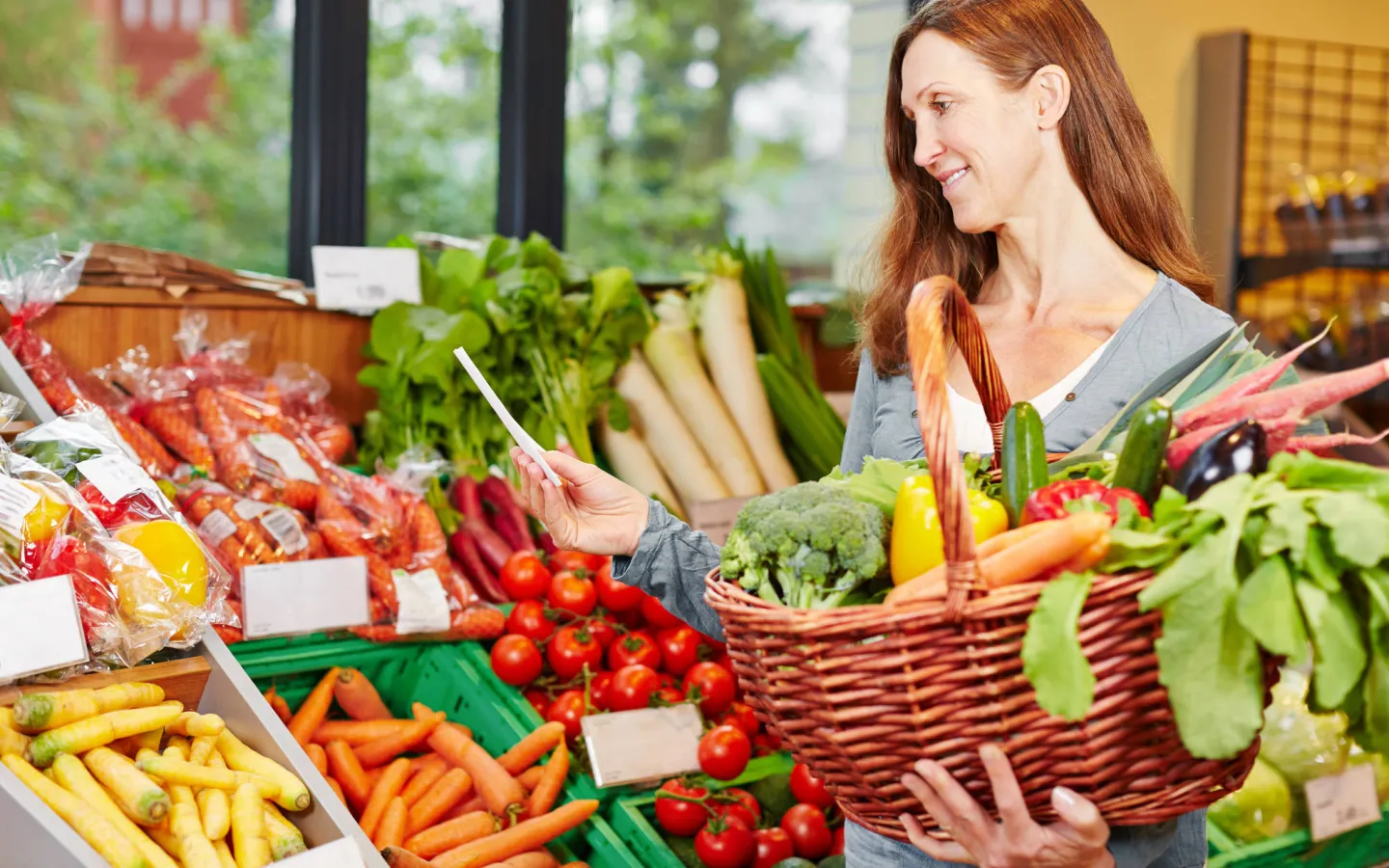
BIODIVERSITY
SV Switzerland promotes biodiversity by increasing the share of labeled products in their food assortment.
Promoting Biodiversity through Labels
SV aims, by the end of 2026, to expand the share of at least recommended labeled products (according to labelinfo.ch) in the total assortment to 20%. Fish and seafood purchases are not included in this, as separate goals have been set for seafood.
In 2024, SV reached a label share of 17.3%, a clear increase compared to 2022 (15% label share).
